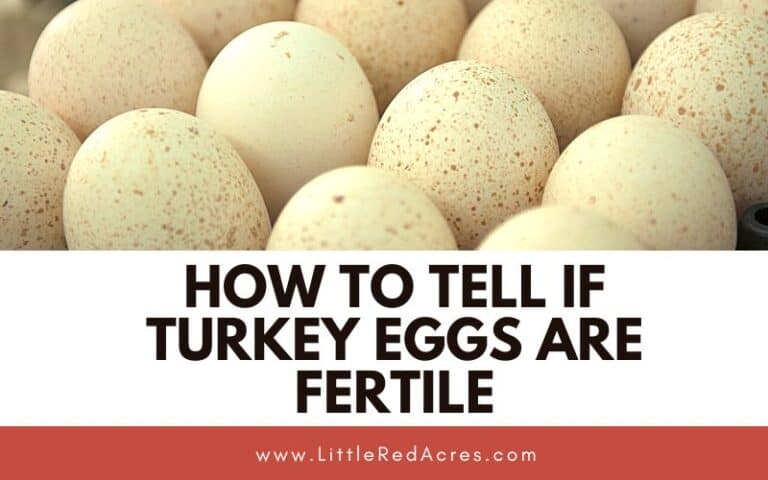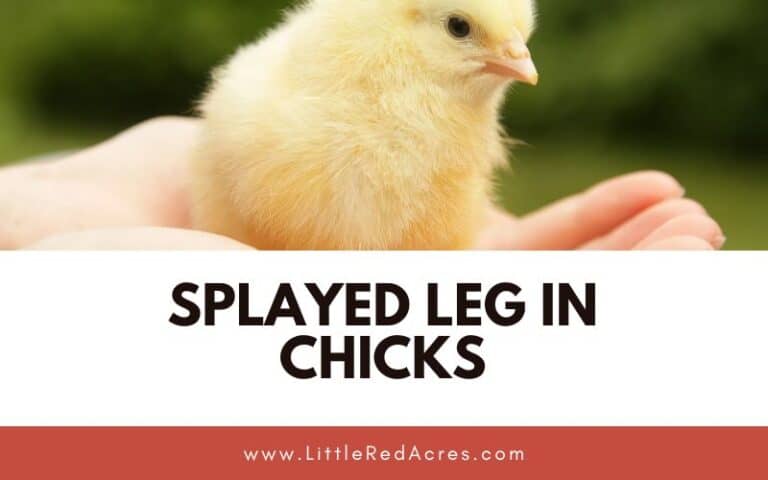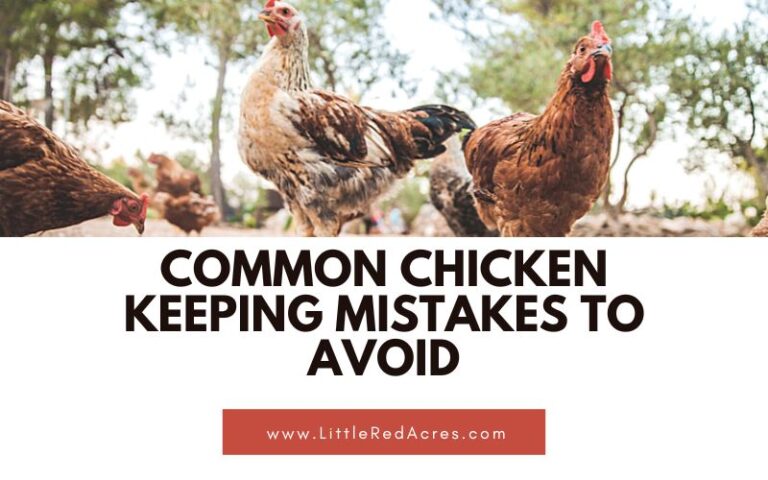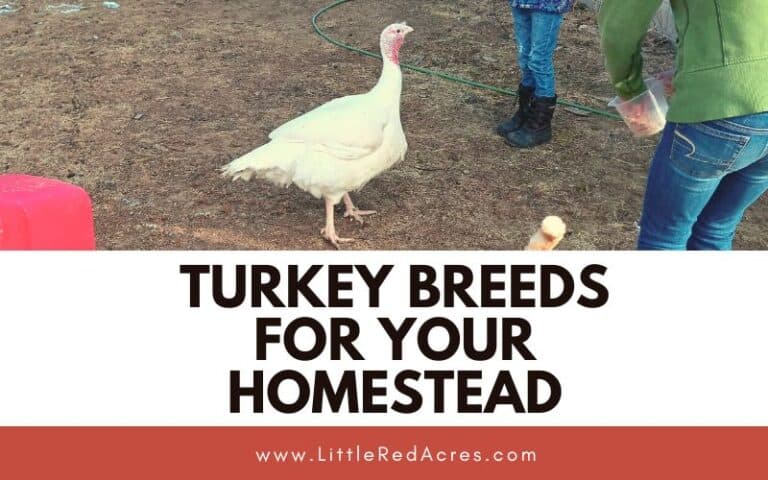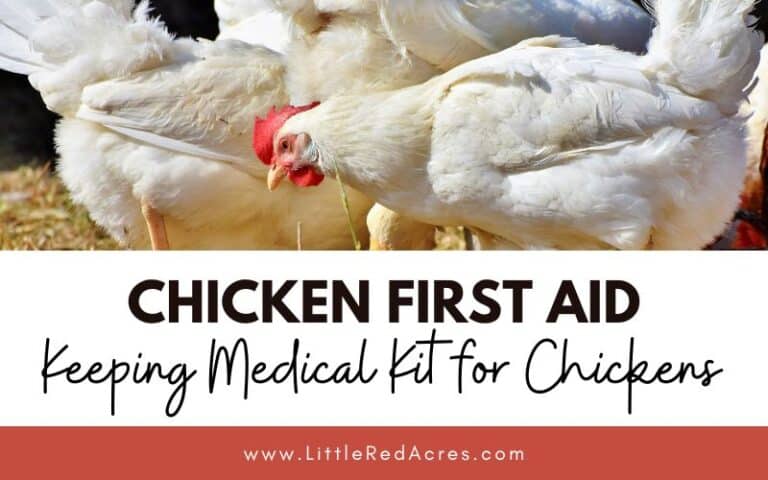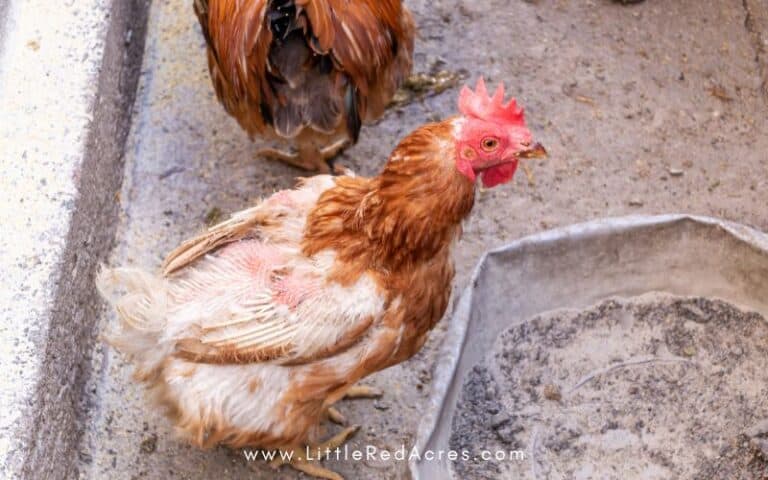Tips for Safely Transitioning Coturnix Quail Outside
Inside: Discover how to start safely transitioning Coturnix quail outside, ensuring their health and happiness in their new environment.
Raising Coturnix quail from incubator-hatched beginnings to thriving in an outdoor environment is a rewarding venture for any homesteader. Understanding when and how to start transitioning Coturnix quail outside is crucial for their health and happiness. This guide delves into the optimal timing and preparations necessary for moving your Coturnix quail outdoors.
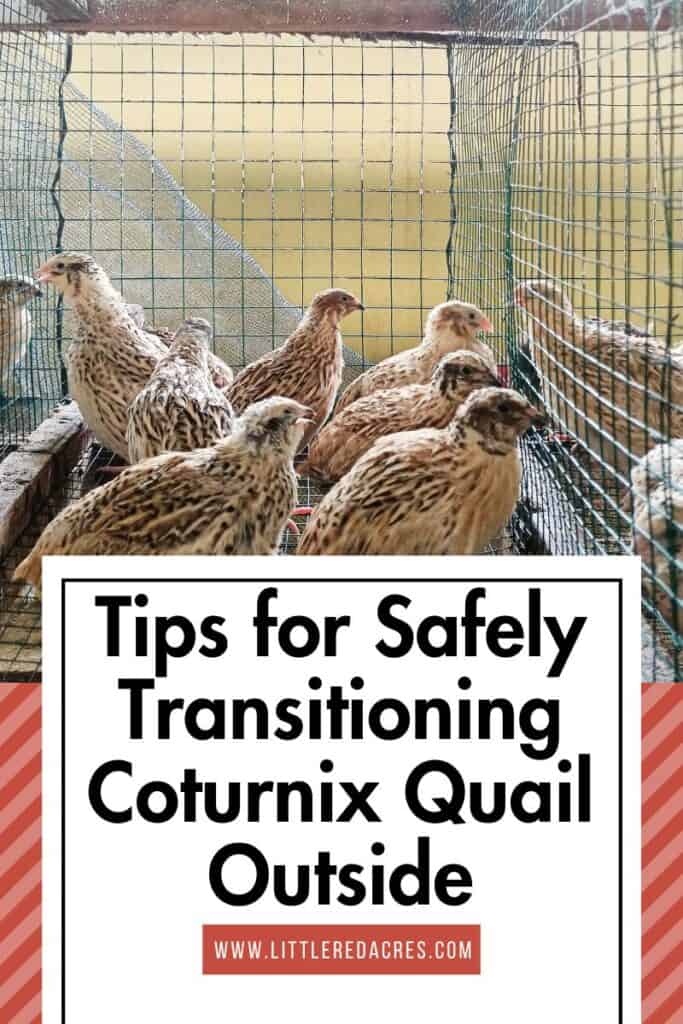
This post may contain affiliate links, see my disclosure policy for more information.
Tips for Safely Transitioning Coturnix Quail Outside
Transitioning Coturnix quail outside requires careful planning and preparation to ensure their safety and well-being. By following these tips, you can create a comfortable and secure environment for your quail, allowing them to thrive in their new outdoor home.
Get updates & freebies delivered to your inbox!
Understanding Coturnix Quail Development
Coturnix quail are known for their rapid growth and development. Within just a few weeks, these birds reach significant milestones, such as feather development (starting in days!), which is a key indicator of their readiness to face outdoor conditions. Observing these physical changes provides valuable insights into the timing of their transition.
We typically wait for 4-5 weeks before we move our quail outside full-time.
Optimal Conditions for Transitioning Coturnix Quail Outside
The move outdoors is highly dependent on your seasonal weather conditions, particularly temperature. Quail are resilient, but young birds require a gentle introduction to their new environment. Ensuring the outdoor temperature aligns with their developmental stage is essential for a successful transition.
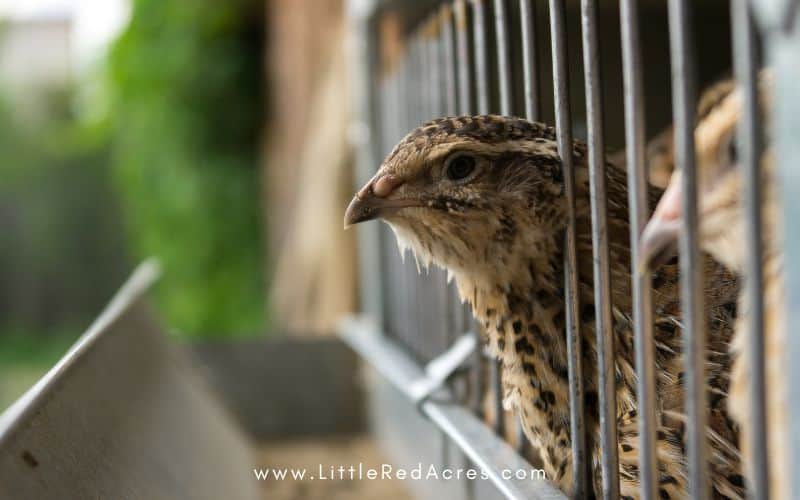
Preparing the Outdoor Environment
Safety and comfort are paramount when setting up an outdoor habitat for Coturnix quail. A secure enclosure that protects against predators, along with ample space for exploration and activity, will help your quail adjust and thrive in their new surroundings.
Make sure that their heads cannot poke their heads out of the cage. Raccoons in particular here in Nova Scotia, will come along and rip their heads off. Lesson learned the hard way here.
The Transition Process
Gradually acclimating quail to outdoor conditions reduces stress and health risks. Strategies such as short, supervised outings can help quail adjust to their new environment while monitoring for any signs of distress or discomfort.
I will take their brooder outside and leave them for a while on nice days. Make sure they aren't getting too much sun or wind. You want to work up to all the elements.
The Coturnix quail is a versatile and delicious bird that can be raised for both meat and eggs. This ebook will teach you everything you need to know about raising these amazing animals, from feeding and housing to health and care. You’ll learn how to get the most out of your Coturnix quail and enjoy the many benefits they have to offer.
Signs to Start Transitioning Coturnix Quail Outside
They no longer need a heat source and it is quite warm outside.
They are fully feathered out.
Transitioning quail outdoors is not without its challenges. Preparing for temperature fluctuations and safeguarding against predators are critical considerations to ensure the safety and health of your quail.
Recognizing the signs of readiness in your quail is a key step in planning their move. Physical and behavioral indicators can guide you in determining the best timing for the transition.
Acclimating Quail to the Outside
A carefully planned acclimation process is essential for minimizing stress and ensuring a smooth transition for your quail. Techniques such as gradual exposure and environmental enrichment can facilitate this process.
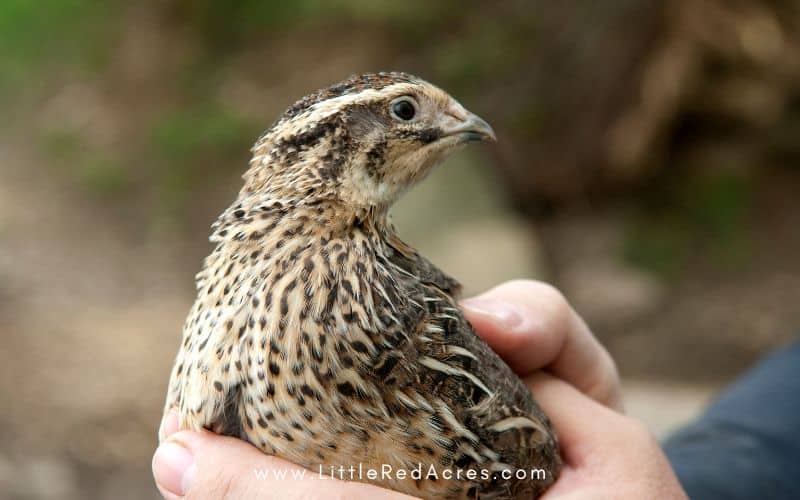
Monitoring and Adjusting to Outdoor Life
Ongoing observation and adjustment are key to successful outdoor care. Regular checks and modifications to the habitat can help address any issues that arise, ensuring the well-being of your quail.
This is stressful for them so there can be some fighting among birds that have been cohabitating since hatching.
Seasonal Considerations for Outdoor Housing
Preparing for seasonal changes is critical for maintaining a healthy and comfortable outdoor environment for your quail. From winterizing enclosures to managing summer heat, seasonal preparations are essential for the well-being of your flock.
Transitioning Coturnix quail from an indoor brooder to an outdoor habitat is a significant step in their development. By carefully monitoring their growth, preparing their outdoor environment, and gradually acclimating them, you can ensure a smooth and successful transition. And shortly after, eggs!
With the right preparations, your Coturnix quail will thrive in their new outdoor home, bringing joy and vitality to your homestead.
Frequently Asked Questions
How old should Coturnix quail be before moving them outside? Quail should be at least 4-6 weeks old, with fully developed feathers, before transitioning to an outdoor environment. This age allows them to regulate their body temperature and cope with external conditions.
What temperatures are safe for outdoor Coturnix quail? Coturnix quail can be moved outside when daytime temperatures consistently stay above 50°F (10°C). However, additional heat sources or protection may be necessary for colder nights or sudden temperature drops.
How can I ensure my Coturnix quail are safe from predators outdoors? A secure, predator-proof enclosure is essential. This includes a solid base to prevent digging predators, sturdy walls, and a covered top to protect against aerial threats. Regular inspections for potential breaches or weaknesses can further enhance security.
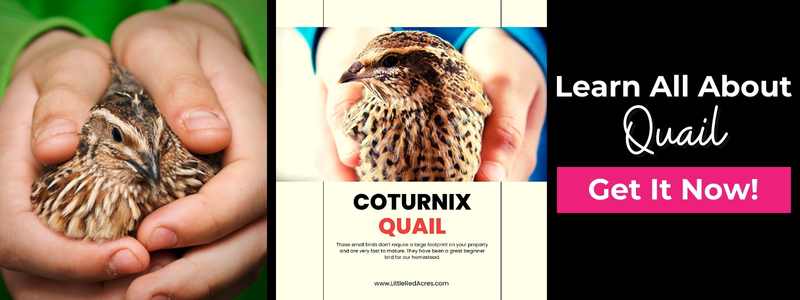
Want More?
Understanding Quail Temperature Tolerance on the Homestead
Why Your Quail Aren't Laying Eggs and How to Address It
Caring for Quail in the Summer

